Your wedding with the best memories for life
An impression of several weddings at Torre Mannella. We like to work with domestic and foreign wedding planners and excellent catering services.
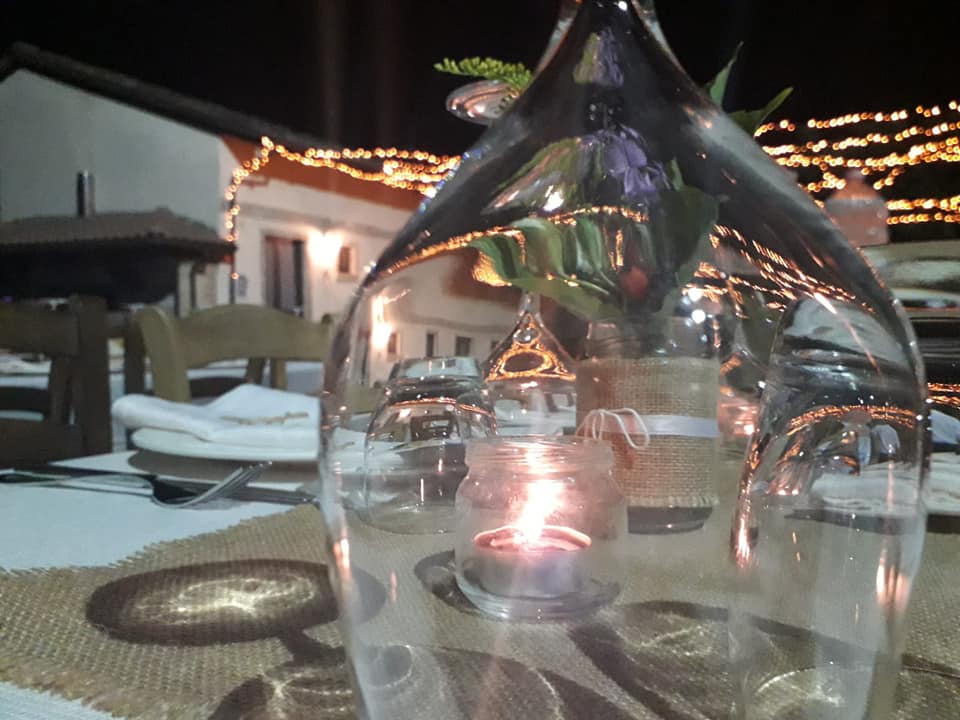
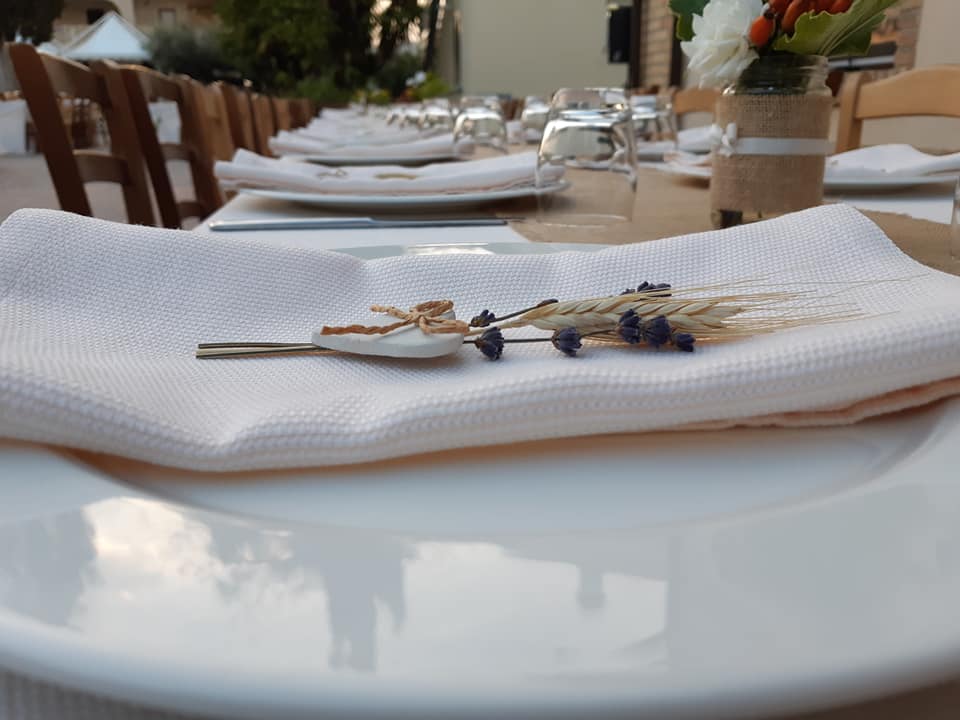
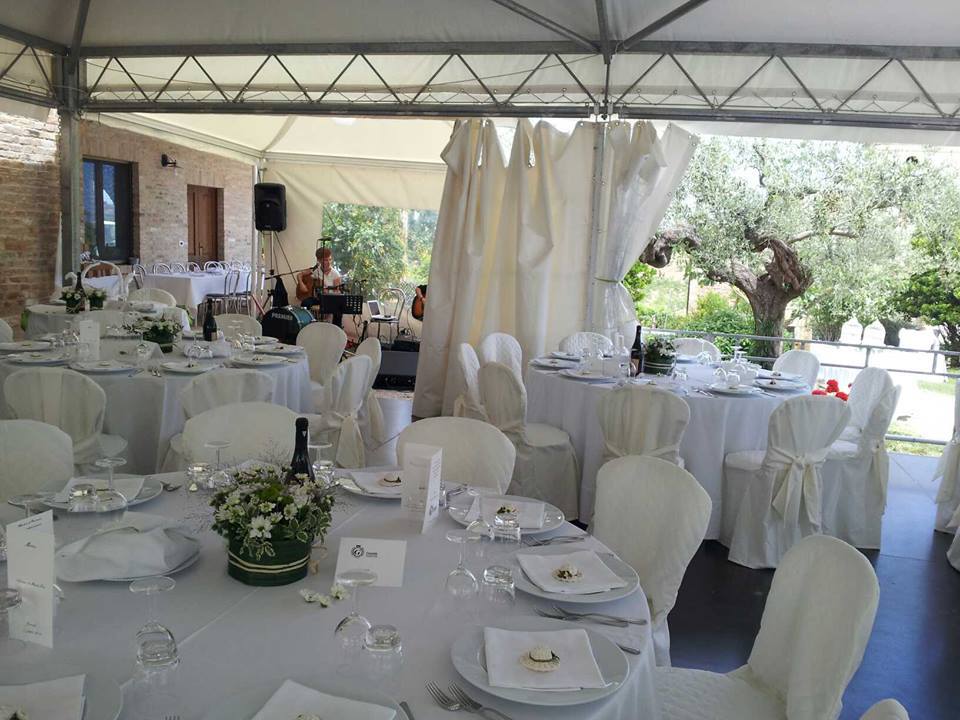
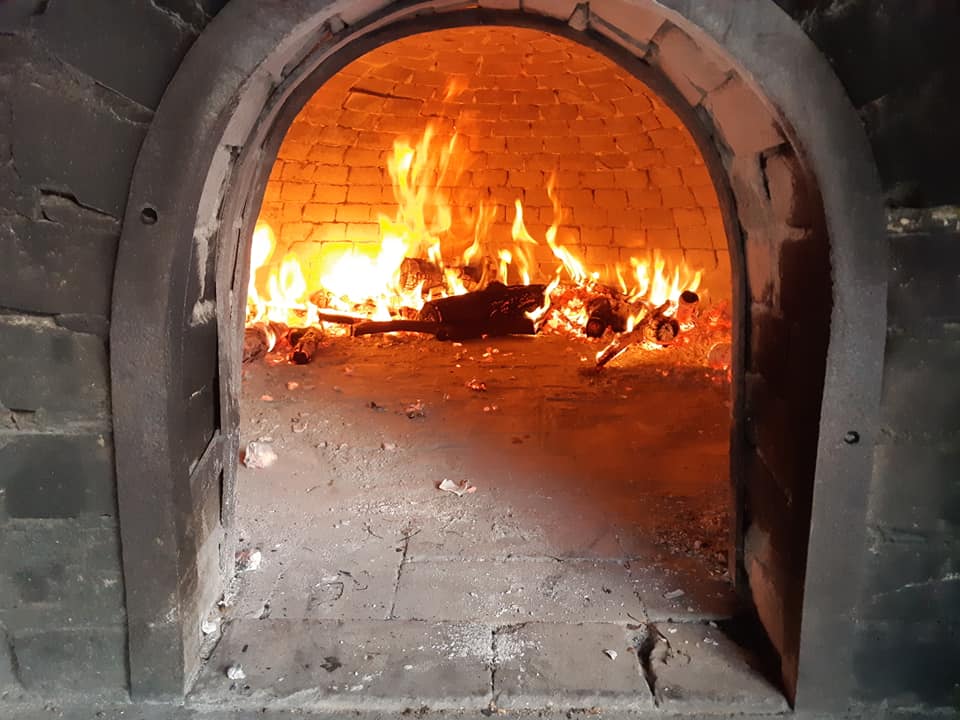
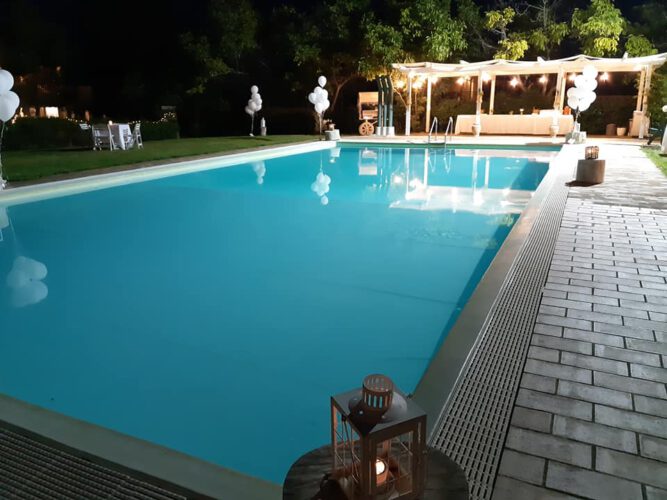
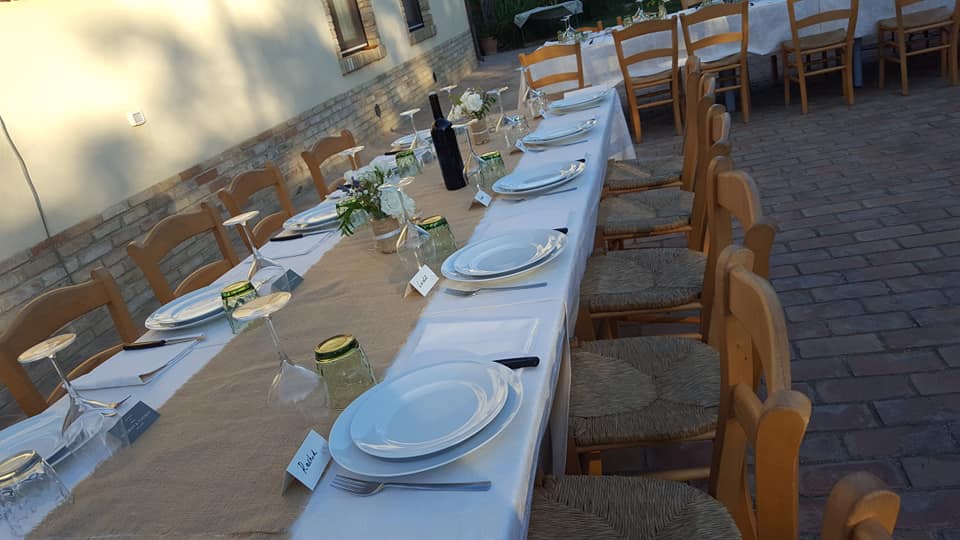
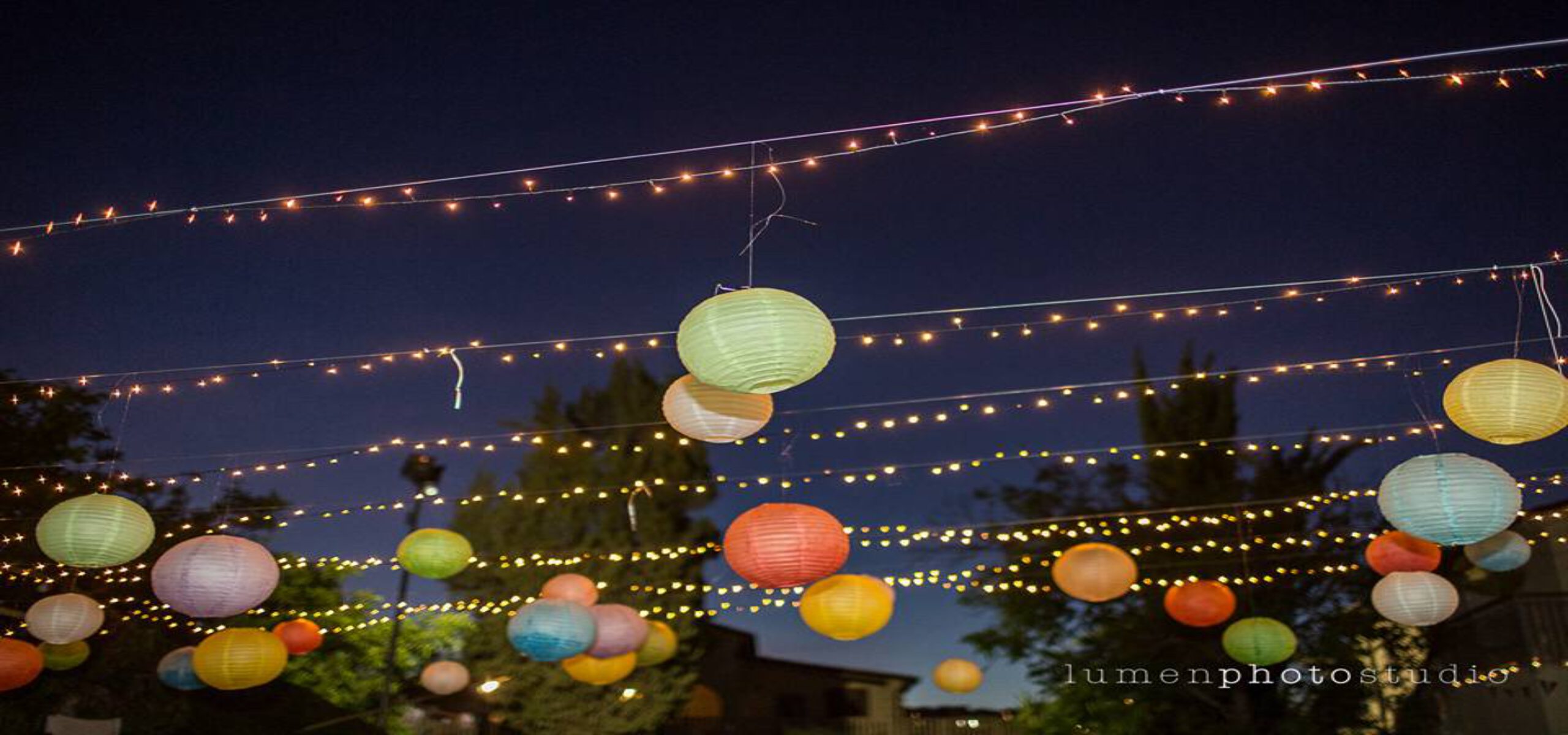
An impression of several weddings at Torre Mannella. We like to work with domestic and foreign wedding planners and excellent catering services.






If you love good food, there is no better way to immerse yourself in Italian culture than by learning how to cook traditional dishes. At Torre Mannella you can take cooking classes together and discover the secrets of Abruzzese cuisine.
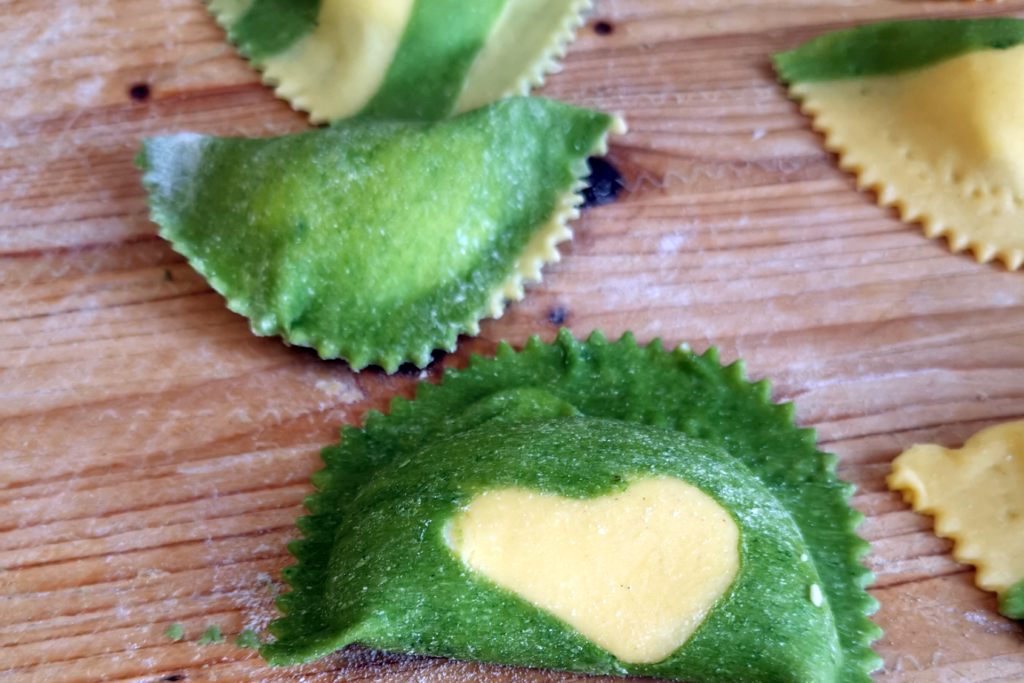
For a truly authentic taste of Abruzzo, visit Torre Mannella for a private food and wine tour. Led by the owners of Torre Mannella, this tour offers a unique opportunity to savor the best of Abruzzo’s culinary delights.
At Torre Mannella you will have the opportunity to enjoy the delicious Montepulciano d’Abruzzo, the vineyards of Torre Mannella and other wines from Abruzzo. The owners are happy to guide you through the tasting and rather share their knowledge of the unique characteristics and flavor profile of the wines.
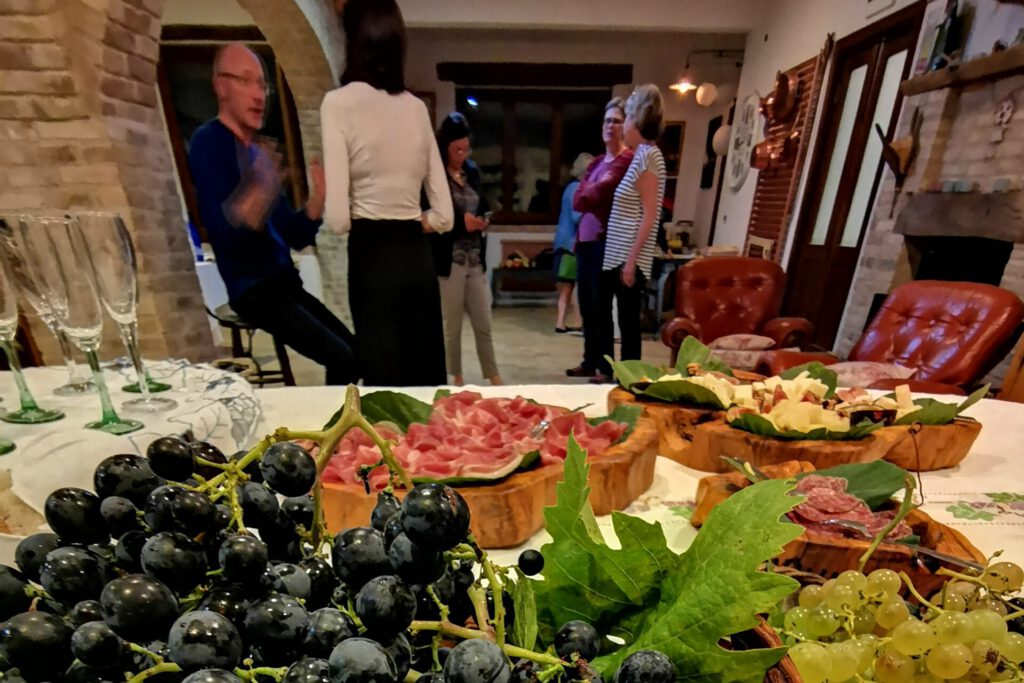
In addition to wine tasting, the tour also includes a tasting of the best olive oil in the region, of course also the olive oil from our own country. Learn about the production process and taste the different flavors of the different types of olives.
Continue reading “Experience Wine and Olive Oil Tasting”If you’re looking for a unique cultural experience in Italy, consider visiting Abruzzo’s hermitages. These religious sites are often tucked away in the mountains and offer a glimpse into the region’s history and spirituality.
Abruzzo is a hidden gem located in the heart of Italy, known for its stunning natural landscapes, picturesque towns, and rich cultural heritage. Whether you’re looking for outdoor adventures or cultural immersion, Abruzzo has something for everyone.
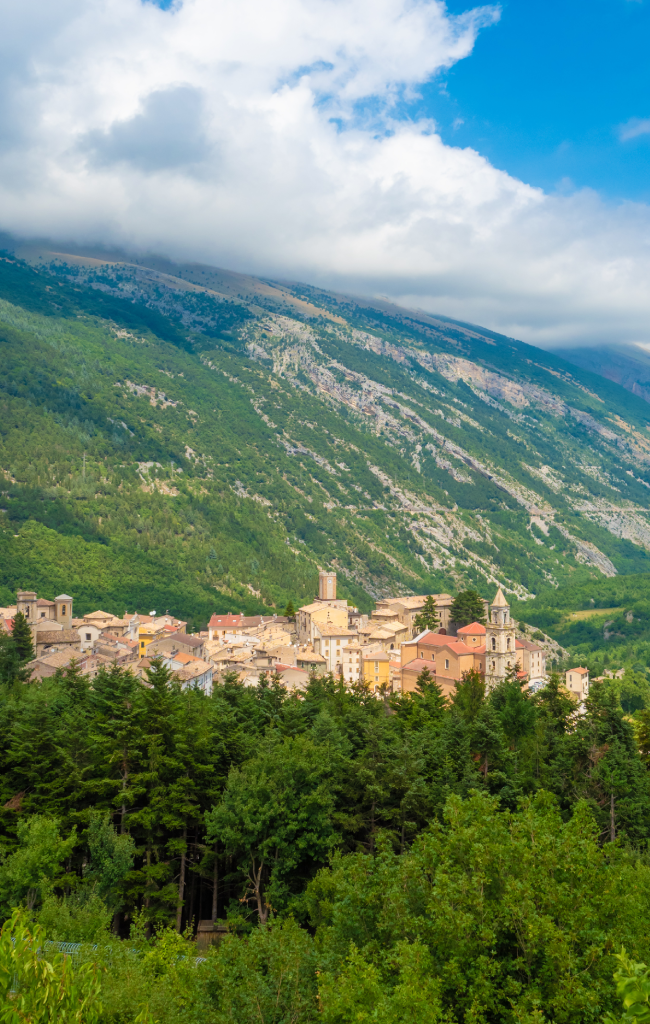
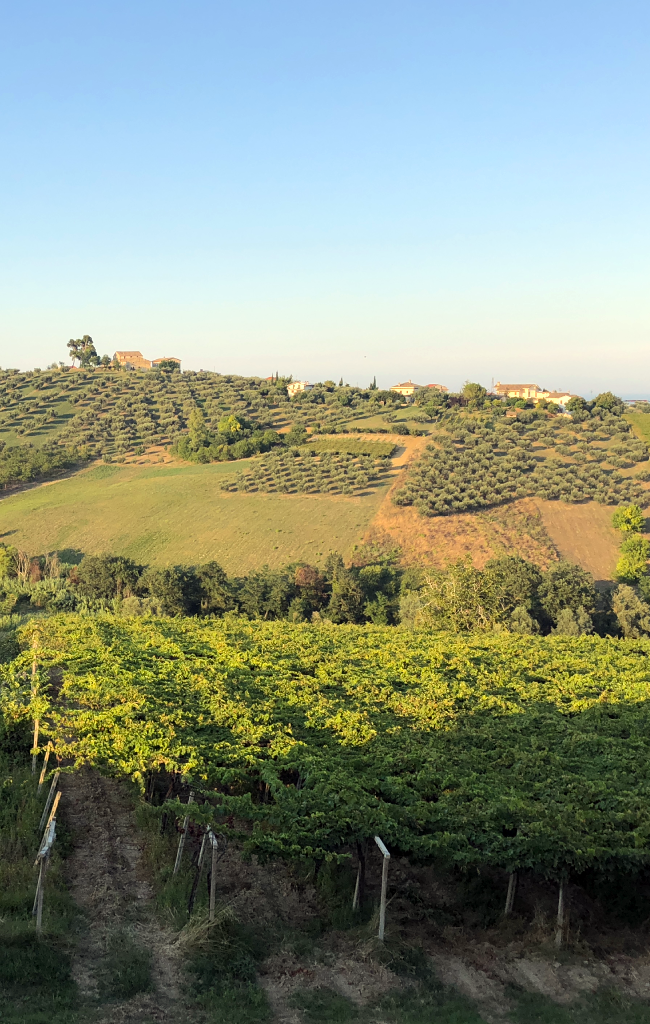
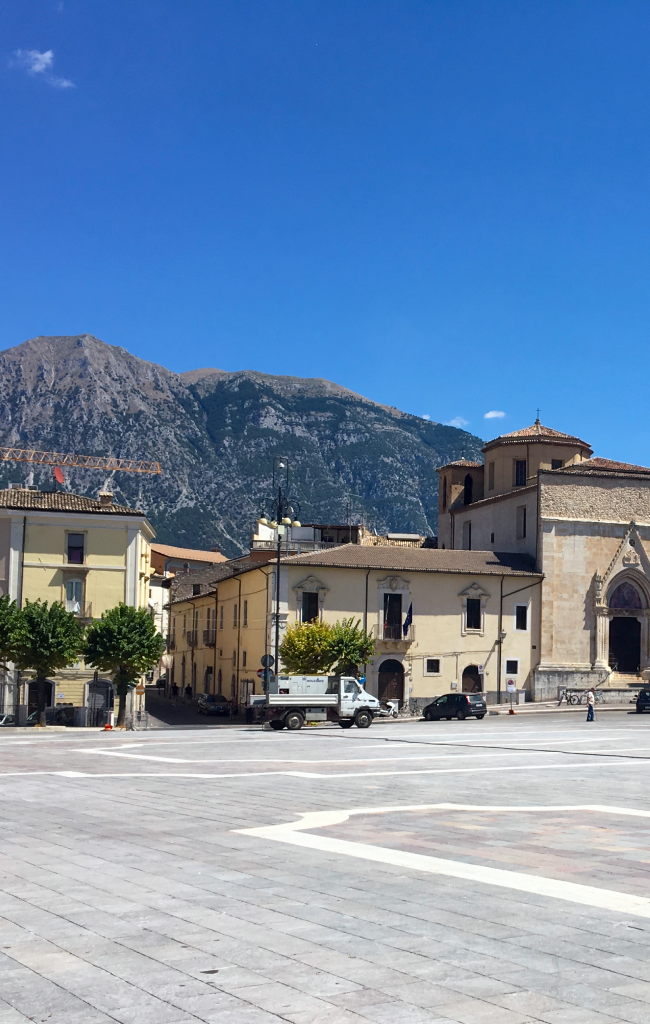
Abruzzo is a region with a rich cultural heritage, and there are several customs and traditions that visitors should be aware of. For example, it’s common to greet people with a kiss on both cheeks, and to enjoy long, leisurely meals with family and friends.
In March 2001, the Association of the Most Beautiful Villages of Italy was born on the initiative of the Tourism Office of the National Association of Italian Municipalities (ANCI). This initiative stems from the need to strengthen the great heritage of history, art, culture, environment and traditions in small Italian towns. In fact, there are hundreds of small “villages of Italy” at risk of depopulation and consequent decline. By visiting and enjoying the beauty and hospitality, these authentic villages continue to exist.
The beauty of the Italian peninsula never ceases to amaze. In addition to coasts, mountains and a rich cultural heritage, there are many hidden treasures. We are talking about the ancient Italian most beautiful and authentic villages in Abruzzo Italy to discover during your trip to our beautiful province!
Abruzzo is also known for its delicious cuisine, which features local specialties such as arrosticini, grilled lamb skewers, and scrippelle, a type of crepe filled with cheese and eggs. Be sure to try the famous Montepulciano d’Abruzzo wine, which is produced in the region’s vineyards like our vineyard.
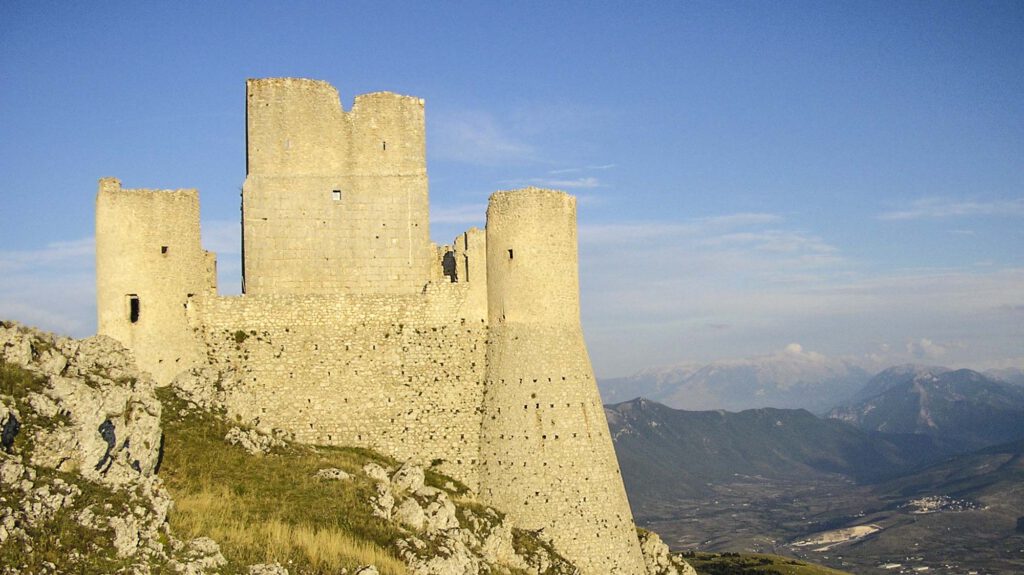
When visiting Abruzzo, there are several must-see places to include in your itinerary. One of the most popular destinations is the town of Scanno, known for its beautiful lake and traditional architecture. Here, you can stroll through the narrow streets and admire the colorful facades of the houses.
Another top destination is the town of Sulmona, famous for its delicious confetti, or sugar-coated almonds, and its beautiful medieval architecture. Be sure to visit the impressive Palazzo Annunziata and the stunning Cathedral of San Panfilo.
Città Sant’Angelo stands on a hill near the Saline river and the city of Pescara. It is a real terrace overlooking the Gran Sasso and the Adriatic Sea . The landscape is characterized above all by vineyards and olive groves. However, the town focuses heavily on tourism both for its artistic beauties and for its tourist accommodation concentrated above all in Marina di Città S.Angelo.
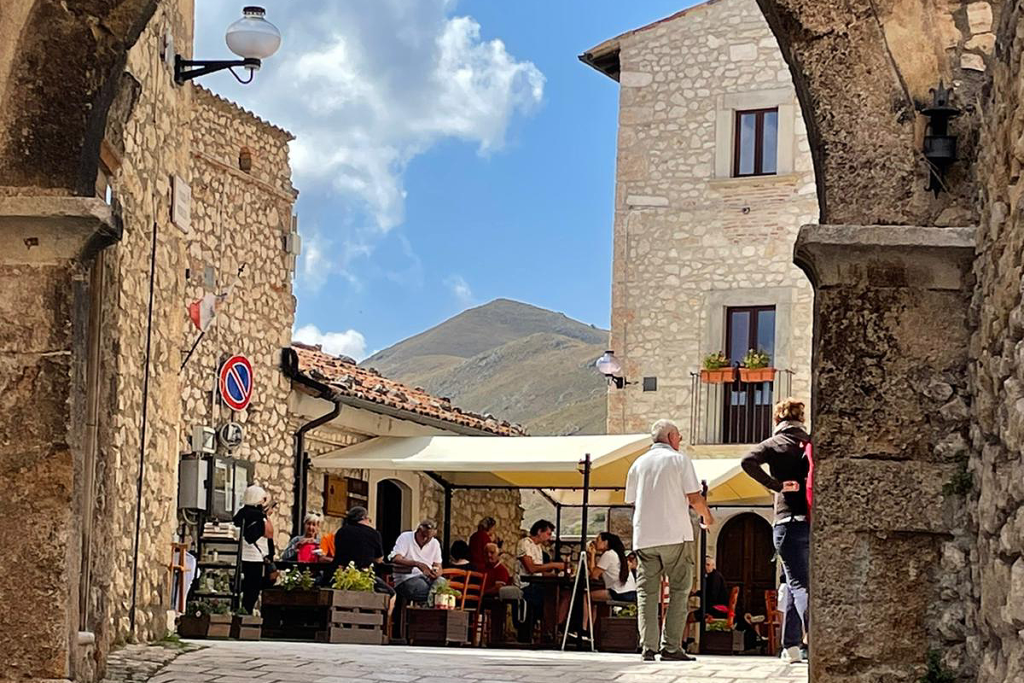
Santo Stefano di Sessanio as seen on the photo is a fortified medieval village, in the province of L’Aquila, in the Abruzzo region of southern Italy. Located in the mountains of Abruzzo at 1250 meters above sea level, in the Gran Sasso and Monti della Laga National Park, this medieval hill town borders the high plateau of Campo Imperatore. The small medieval village of Santo Stefano was deserted with many of its old buildings in poor condition and only 70 inhabitants. Now many of the buildings of Santo Stefano di Sessanio have been restored. Among these is the Sextantio Albergo Diffuso, an initiative that has done a lot for the reconstruction of Santo Stefano di Sessanio. Together with Castel del Monte, Santo Stefano has been nominated, “The Most Beautiful Villages of Italy”, and recognized by the Slow Food movement for its sustainable agriculture. Every year, on the first weekend of September, the city organizes a festival, the “Sagra delle Lenticchie”. The city holds a festival, the “Sagra delle Lenticchie”, in honor of food every year on the first weekend of September.
If you love nature, don’t miss the chance to explore the Gran Sasso National Park, Majella National Park to the highest peaks in the Apennine Mountains. Here, you can hike through the beautiful valleys and admire the diverse wildlife, including bears, wolves, and eagles.
If you want to visit the Gran Sasso and Monti della Laga National Park, there are a few things to keep in mind. The park is best visited between the months of May and September, when the weather is more pleasant. Also, remember that some parts of the park are only accessible with a guide or special permit.
To make the most of your trip to Abruzzo, it’s important to plan ahead. The best time to visit is between May and September, when the weather is mild and the towns and villages are bustling with activity. If you’re planning to explore the region’s natural landscapes, be sure to bring sturdy hiking boots and plenty of water. And don’t forget to bring a camera to capture the stunning scenery and charming towns.
For more information about Abruzzo and other top destinations in Italy, visit this website. Here, you’ll find more tips and recommendations for an unforgettable trip to this beautiful region.
The Majella National Park in Italy is located in the Abruzzo region, 80 kilometers south of the city of L’Aquila and 70 kilometers south of the coastal town of Pescara and 80 kilometers from Torre Mannella.
The Majella Mountains are one of the most stunning natural wonders of Italy. Located in the region of Abruzzo, the Majella Mountains offer breathtaking scenery, rich wildlife, and countless cultural treasures.
The Majella National Park is located in the Apennines and has an area of 740 square kilometers and is also called the Majella Mountains. The highest peak in the Majella Mountains is Monte Amaro with an altitude of 2,793 meters, it is the highest mountain of the entire Apennines. The mountain massif Majella is centrally located in the national park and next to the top of Monte Amoro are a number of peaks, the most famous of which is the Blockhaus peak with a height of 2,145 meters.

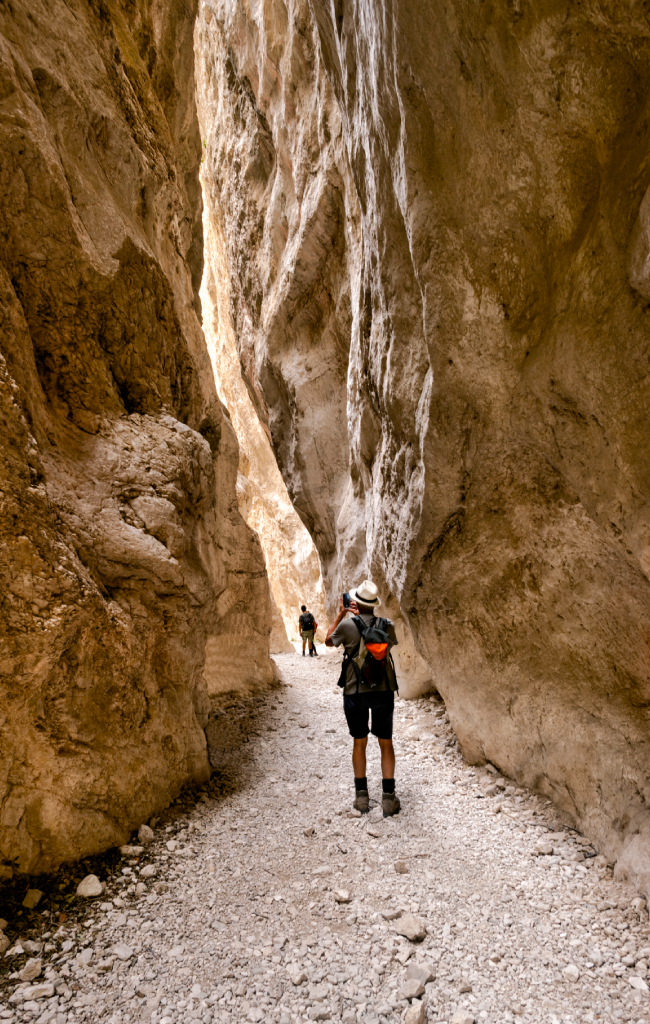
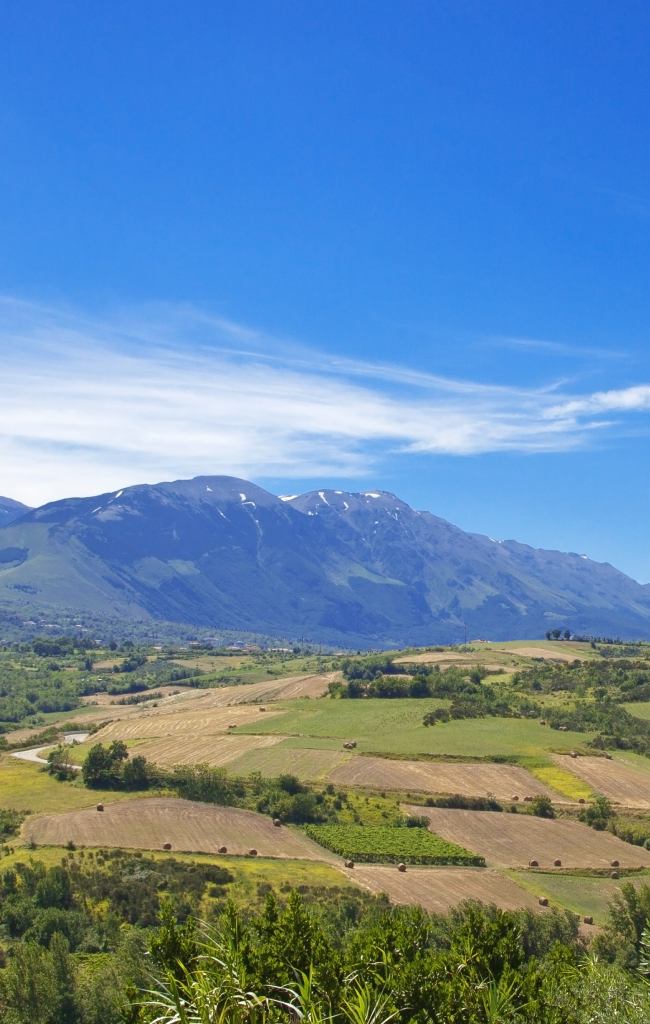
When visiting the Majella Mountains, there are plenty of places you should not miss. For example, the Majella National Park is the largest protected area in Italy and home to a wide variety of plant and animal species. Here, you can enjoy hiking trails, guided tours, and other outdoor activities.
Another must-see place is the town of Sulmona, which is located at the foot of the Majella Mountains. Sulmona is famous for its colorful and lively markets, as well as its traditional confetti, or sugared almonds.
If you are interested in history and archaeology, you should visit the nearby town of Alba Fucens. This ancient Roman town was founded in the 4th century BC and features impressive ruins and archaeological sites.
The Majella Mountains are not only a natural wonder but also a treasure trove of cultural and historical treasures. The region is home to countless ancient churches, abbeys, and monasteries, as well as traditional crafts and culinary traditions.
For example, you can visit the famous hermitages of the Majella Mountains, which are ancient monastic complexes built into the rocks. These hermitages are not only fascinating architectural wonders but also important spiritual centers. One of the most famous hermitages in Abruzzo is the Eremi Hermitage of Santo Spirito a Majella, located in the Majella National Park. This hermitage dates back to the 13th century and features stunning frescoes and architecture.
Another must-see hermitage is the Hermitage of San Bartolomeo in Legio, which is carved into the side of a mountain. The hermitage has been in use since the 9th century and offers breathtaking views of the surrounding landscape.

When visiting Abruzzo’s hermitages, it’s important to dress modestly and respectfully. You may also want to bring a small donation to support the upkeep of these historical sites. Additionally, many of the hermitages are located in remote areas, so be sure to bring sturdy shoes and plenty of water.
Immerse yourself in Abruzzo’s culture by exploring its hermitages. With their rich history and stunning beauty, these sites are sure to leave a lasting impression.
If you want to visit the Majella Mountains, there are a few things to keep in mind. The best time to visit is between May and October, when the weather is most pleasant. Also, note that some parts of the park are only accessible with a guide or special permission.
For more information about the Majella Mountains and other top destinations in Italy, visit this website. Here, you will find more tips and recommendations for an unforgettable trip to the beautiful Majella Mountains.
Parco Nazionale del Gran Sasso e Monti della Laga is a breathtaking natural reserve located in the heart of the Apennines. The park covers more than 150,000 hectares and offers a unique mix of mountains, lakes, forests, and valleys. But Gran Sasso Mountains has more to offer than just natural beauty. The park is also home to countless fascinating cultural sites and traditions.
If it is a few hours for lunch time head toward the imposing fortress of Rocca Calascio. Get out of your car and climb the mountain and build up an appetite. Back in the car, head toward the medieval town of Castel del Monte, and follow Strada 17bis out of town — toward Campo Imperatore — until you find yourself on an expansive plain surrounded by grand mountains.
Driving to Campo Imperatore you will see something unusual: an American style log cabin on the side of the road with hot smoking BBQ’s waiting for you to enjoy the best meat and atmosphere. People from all directions come with their cars, campers and motorcycles. You must stop, because your best lunch experience with barbeques.
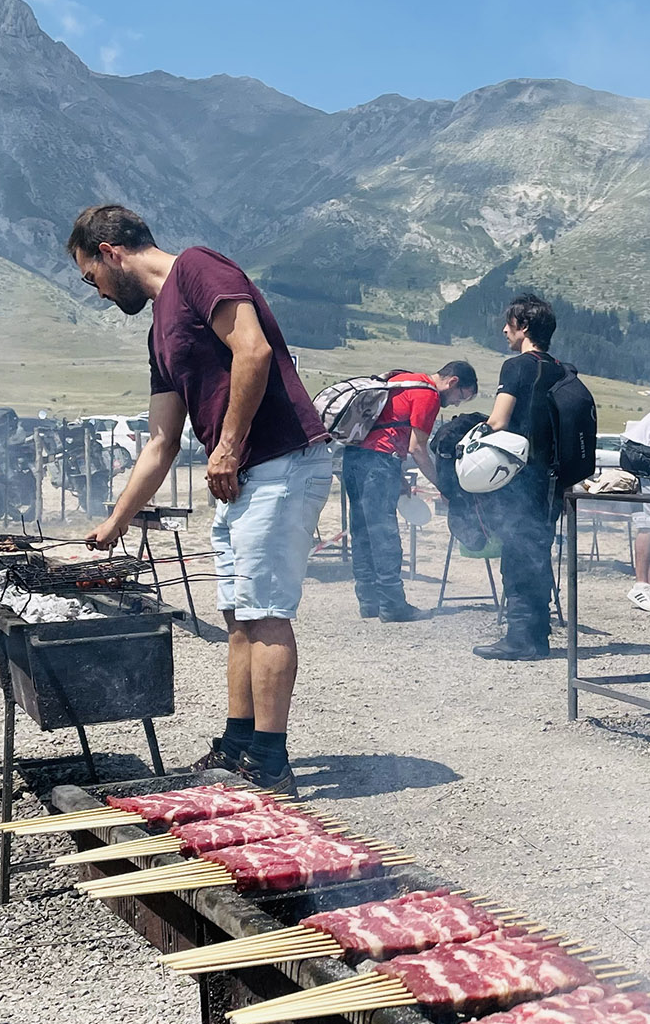
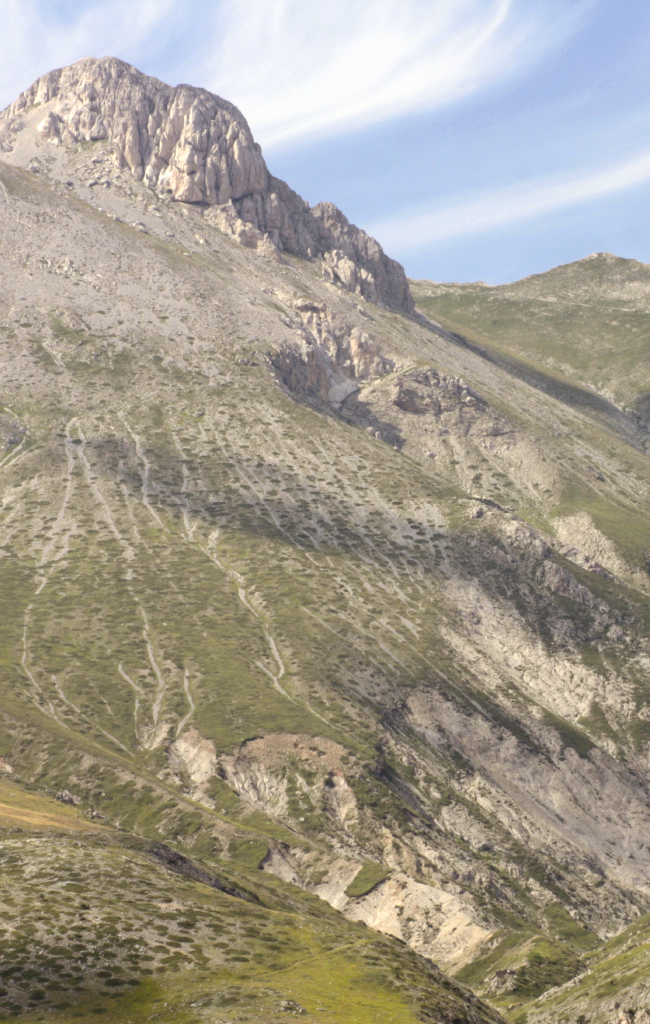
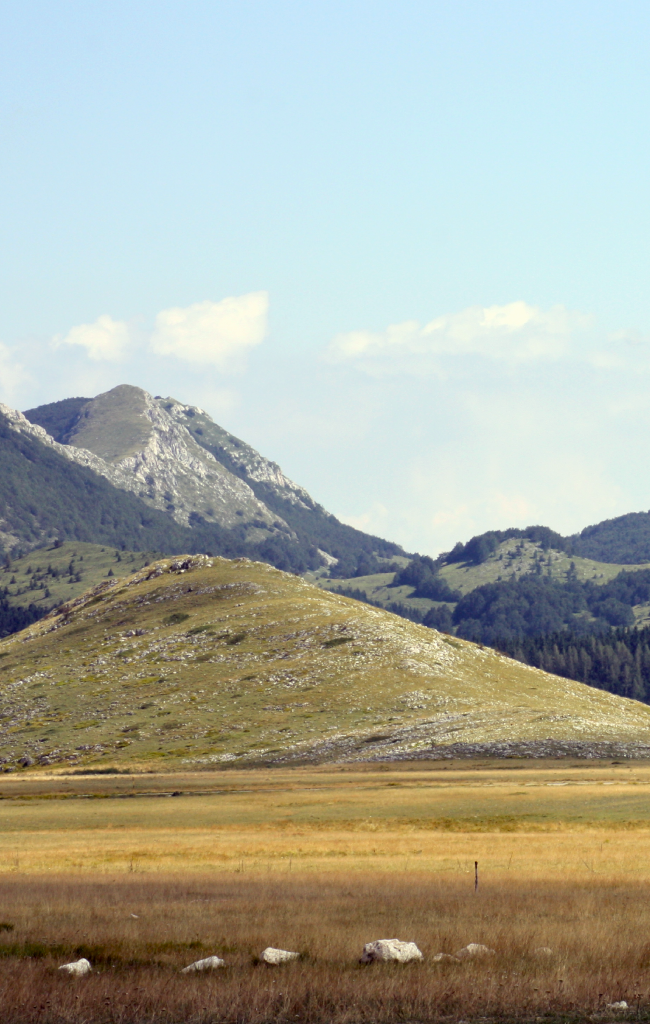
When visiting the Gran Sasso and Monti della Laga National Park, there are many places not to be missed. For example, the Campo Imperatore plateau is one of the largest and most spectacular in Europe. Here you have an impressive view of the surrounding mountains and valleys. This makes it a wonderful retreat in hot summers and a great starting point for mountain trekking. Since the Middle Ages Campo Imperatore has been a gigantic summer pasture for the herds of cattle, horses and sheep from the surrounding villages and not much has changed in this sense. Even today, one has to stop regularly for cattle crossing the road and it is usually crowded at the watering points.
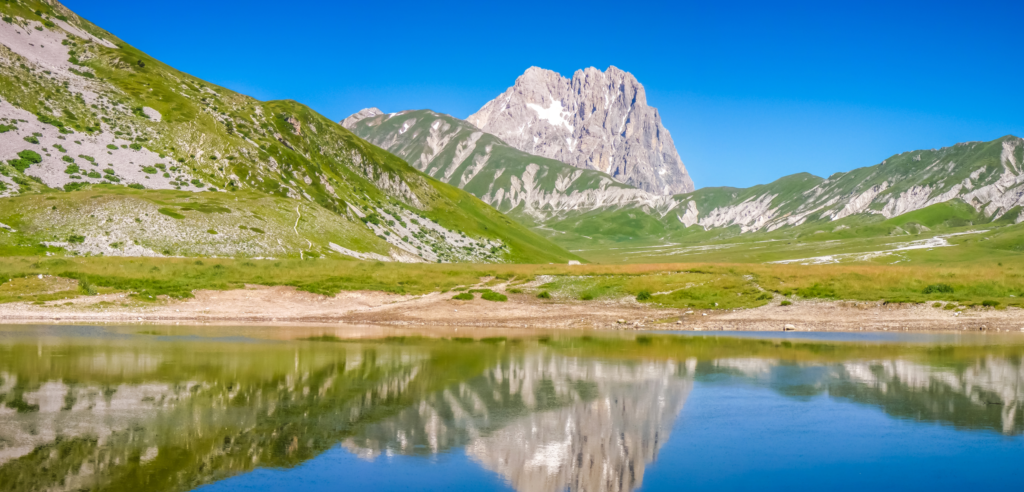
The Gran Sasso National Park and Monti della Laga also have a rich cultural history and traditions dating back to ancient times. The region, for example, is home to the Apennine wolf, an animal that has traditionally played an important role in local folklore and legends. You can also learn about local cuisine and traditional crafts. For example, taste the delicious local cheeses and salamis or visit one of the many artisan shops where local artisans show off their skills.
Another must-see place is the Stiffe Caves, a spectacular underground river that flows through the mountains. You can take a guided tour here and learn more about the geology and history of this unique place.
The “Parco Nazionale Della Majella” is a natural park in Abruzzo, Italy. The Majella is a limestone massif full of caverns and caves. There are 60 mountain peaks, 30 of which are over 2,000 metres. The highest mountain peaks (2,793 m) of Italy, outside the Alps, are found in this buttress of the Apennines in the park is “La Majella”. The “Parco Nazionale Della Majella” is frequented all year round by hikers and nature lovers.
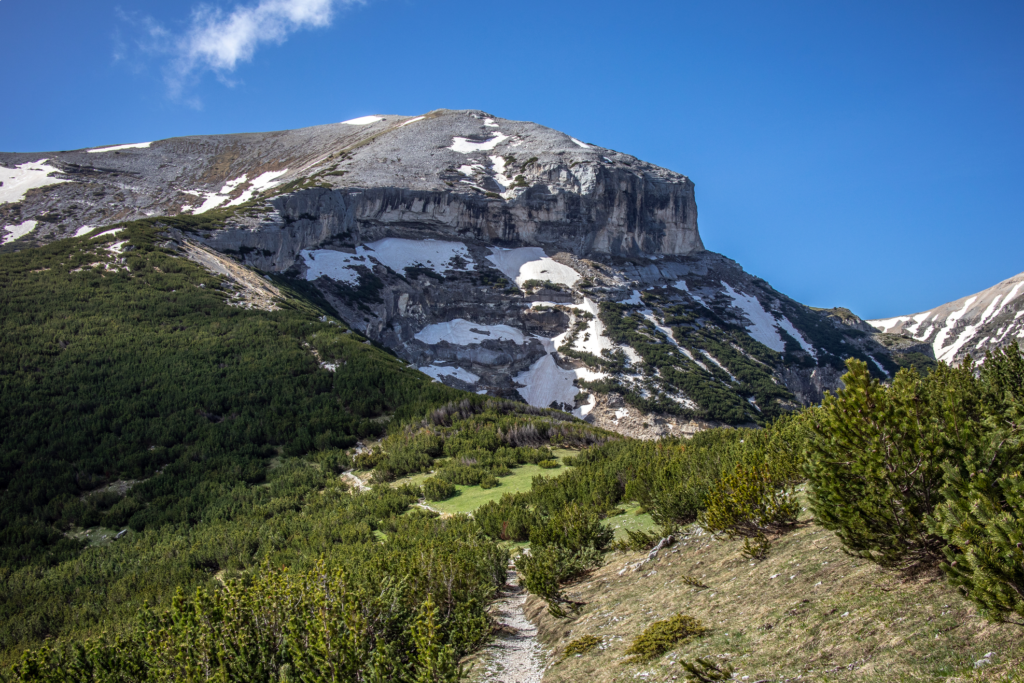
Majella Park is one of the last pieces of true untouched nature in Europe where animals can be seen like almost nowhere else in Europe. Wolves, bears, eagles, chamois, Italian foxes and the European otter are the main attractions of the Majella. There is also a very rich flora with more than 2,000 species.
If you go to the park, also visit the caves “Grotta del Cavallone”, one of the largest and deepest caves in Europe. The address is Lama dei Peligni, Largo del Mercato, 9. There are other caves in the area. The closest hotel is the excellent “Hotel Villa Danilo” in a splendid position in the heart of Majella.
Pescocostanzo is one of the places from which you can take beautiful walks. Pescocostanzo is a jewel to be discovered and a show in itself.
The Mountains in Abruzzo also have a rich cultural history and traditions that date back to ancient times. The region, for example, is home to the Apennine wolf, an animal that traditionally played an important role in local folklore and legends. You can also get acquainted with the local cuisine and traditional crafts. For example, taste the delicious local cheese and salami or visit one of the many artisan workshops where local craftsmen showcase their skills.
If you want to visit the Gran Sasso and Monti della Laga National Park, there are a few things to keep in mind. The park is best visited between the months of May and September, when the weather is more pleasant. Also, remember that some parts of the park are only accessible with a guide or special permit.
To make the most of your trip to Abruzzo, it’s important to plan ahead. The best time to visit is between May and September, when the weather is mild and the towns and villages are bustling with activity. If you’re planning to explore the region’s natural landscapes, be sure to bring sturdy hiking boots and plenty of water. And don’t forget to bring a camera to capture the stunning scenery and charming towns.
For more information about Gran Sasso Mountains, visit this website. Here, you will find more tips and recommendations for an unforgettable trip to the Gran Sasso Mountains.